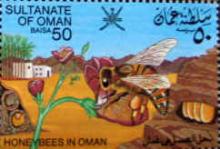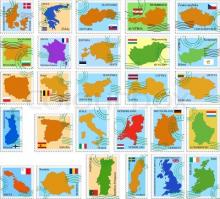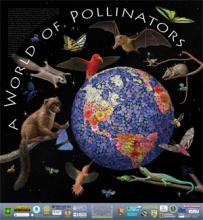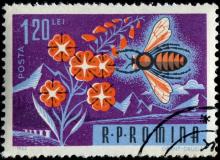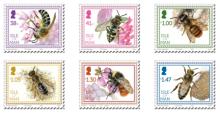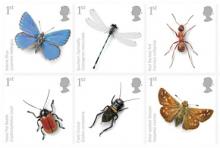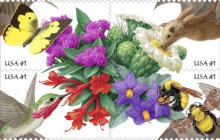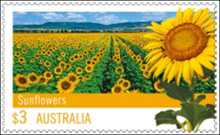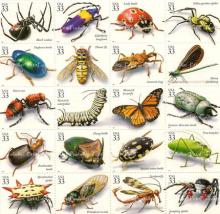Deltamethrin, fipronil and spinosad, at sub-lethal doses, modulate homing flight, associative learning, foraging behavior and brood development
Forthcoming research in the journal Environmental Toxicology and Chemistry analyzes the physiological effects of three separate pesticides on honey bees (Apis mellifera). An international research team ¬- Drs. Stephan Caravalho, Luc Belzunces and colleagues from Universidade Federal de Lavras in Brazil and Institut Nationale de la Recherche Agronomique in France - concludes that the absence of mortality does not always indicate functional integrity. Deltamethrin, fipronil and spinosad, widely used pesticides in agriculture and home pest control, were applied to healthy honeybees and proved toxic to some degree irrespective of dosage. At sublethal doses, the pesticides modulated key enzymes that regulate physiological processes, cognitive capacities and immune responses, such as homing flight, associative learning, foraging behavior and brood development. Sensitivity to these insecticides and foraging range (as far as 1.5 to 3 km) make A. mellifera an optimal candidate for monitoring the environmental impacts of pesticides.

